Mold in your home isn’t just unsightly—it can also pose serious health risks and damage your property if left untreated. Fortunately, identifying mold early can save you time, money, and potential health concerns. This guide walks you through the steps to check for mold in your house and what to do if you find it.
Step 1: Understand the Signs of Mold
Mold often grows in hidden or damp areas, making it difficult to detect. Here are some common signs to look for:
-
Visible Growth: Mold can appear as black, green, white, or even orange spots. It’s often found in damp areas like bathrooms, basements, or around windows.
-
Musty Odor: A persistent, earthy smell is a strong indicator of mold.
-
Health Symptoms: If you or your family members experience unexplained allergies, respiratory issues, or skin irritation, mold may be the culprit.
-
Water Damage: Peeling paint, warped floors, or water stains can indicate moisture problems that foster mold growth.
Step 2: Check High-Risk Areas
Some areas in your home are more prone to mold growth. Pay special attention to these locations:
-
Bathrooms: Check around showers, tubs, sinks, and toilets. Don’t forget to inspect grout and caulking.
-
Kitchens: Look under sinks, behind appliances, and in pantry areas where leaks or spills may occur.
-
Basements and Crawlspaces: Inspect corners, walls, and any stored items for mold growth.
-
Attics: Poor ventilation or roof leaks can lead to mold in attics. Look for discoloration on insulation or wooden beams.
-
HVAC Systems: Mold can grow in ducts, vents, or near your air conditioning unit.
Step 3: Use DIY Tools to Test for Mold
If you suspect mold but can’t see it, a DIY mold testing kit can help confirm its presence. MycoTest’s professional-grade mold testing kits are an easy and affordable solution. These kits allow you to collect samples from surfaces, with results available within 24 hours of lab receipt. Alternatively, hiring a professional mold inspector is another effective option. Professionals use advanced tools, such as infrared cameras and moisture meters, to identify hidden mold and assess the extent of the problem. While it can be more expensive, professional inspections provide peace of mind and a detailed analysis of your home’s mold situation.
Step 4: Address Positive Mold Results
If your test results confirm mold, it’s essential to take action:
-
Identify the Source: Fix any leaks, improve ventilation, or reduce humidity levels to prevent further growth.
-
Consult Professionals: MycoTest offers free 10-minute follow-up calls to help interpret your test results and recommend next steps. For $395, you can access virtual consulting and protocol writing services for tailored remediation plans.
-
Mold Remediation: If remediation is required, MycoTest can connect you with in-network specialists for services like removal, rebuilding, or leak detection.
Step 5: Prevent Mold in the Future
Prevention is key to keeping your home mold-free. Follow these tips:
-
Control Moisture: Use dehumidifiers, fix leaks promptly, and ensure proper ventilation in high-humidity areas.
-
Regular Inspections: Periodically check high-risk areas for signs of mold.
-
Maintain HVAC Systems: Clean and service your HVAC system regularly to prevent mold buildup in ducts.
-
Use Mold-Resistant Products: When remodeling, opt for mold-resistant drywall, paint, or insulation.
Why Choose MycoTest for Mold Testing?
At MycoTest, we’re committed to providing fast, affordable, and reliable mold testing solutions for homeowners, contractors, and professionals. Our DIY kits make it easy to detect mold, and our expert network ensures you have the resources to handle positive results effectively.
Don’t wait until mold becomes a bigger problem. Order your DIY mold testing kit today and take the first step toward a healthier, mold-free home!






